Supervisors:
Dr. Attila Sik (neurologist, University of Pécs, HUN), Dr. Péter Lengyel (artist, dean of University of Pécs Art Department, HUN),
Theoretical consultants:
Dr. Bálint Veres (esthete, head of Ph.D. in Practice program at Moholy-Nagy University of Art and Design, HUN),
Dr. Frederick J. Lamp (art historian, former curator of Yale University Art Gallery USA)
Collaborators:
Mgr. et Mgr. Eva Kundtová Klocová Ph.D (head of HUME Lab, Masaryk University, CZ) Ing. Martin Lamoš Ph.D. (Postdoc, Masaryk University, CZ), Ph.D. Ing. Martin Kojan, Ph.D. (co-operator, Multimodal and Functional Imaging Laboratory, Masaryk University, CZ)
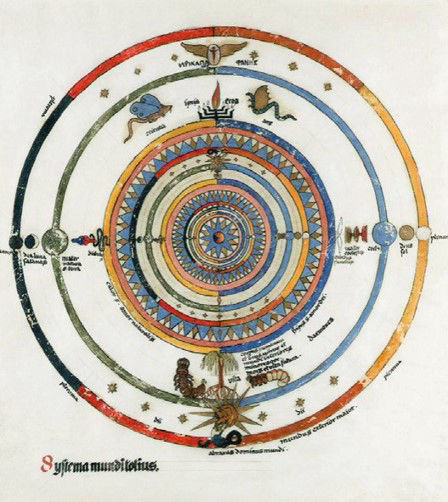
ABSTRACT
We intend to test the hypothesis of the contemplative effect of mandala art. We further aim to explore which individual non representative visual features can play a role in creating the contemplative experience. We will use the following method to achieve our goal: we will create experimental artworks based on mandalas due to their well-known importance in meditative rituals, We highlight mandalas' common visual features (proportions, rhythm, focus etc.) and integrate the results into non-representative abstracted experimental artworks. We will present the artworks (and control artworks) for the subjects and record the electrical activity of their brains, using EEG technology. We will compare the distinct changes in the alpha wave as earlier EEG results measured during Buddhist meditation, confirm the alpha wave increase during contemplation. Based on our findings, we will conclude which visual elements can contribute to forming a contemplative brain state. These results can be used by contemporary artists, meditators to improve meditation techniques, and academic scholars to reveal new connections in theoretical questions of religious studies and contemplative science.
BACKGROUND
The inspiration of the project is based on Jung's research on mandala art. He noticed that his patients' paintings contained similar non-representative visual features to Tibetan mandalas. He assumed that the reason for this similarity is the result of our collective unconscious (Jung, 1972). While Jung did not test the assumption, his observations, together with those of other scholars (eg. Bühnemann, 2017) form an intriguing body of anecdotal evidence, which might point to the potential function of this art form. Mandalas, as cultural artifacts, are deeply connected to the specific cultural contexts, beliefs, and practices in which they are created and used. Therefore, most of the research on mandalas deals with their representative and symbolic elements, while there is no systematic study of which compositional elements can contribute to creating a meditative brain state. Based on the book of Japanese researcher Kimaki Tanaka (Tanaka, 2018) compositional elements of mandalas changed throughout history. In my article (that is currently under submission) ’The Visual Evolution of Mandalas from Garbadhatu-mandalas to Kalachakra-mandalas’ I analyze the compositional differences of mandalas families. According to our hypothesis, the change in mandalas’ non-representative characteristics is based on the fact that the compositional elements that support meditation remained and developed further in the depictions. Based on the latest mandala family, the Kalachakra-mandala, which was considered a ritual object that can trigger contemplation, such elements are: central symmetry, closed composition, fractal arrangement, frequency of concentric elements, and radial rotation of figures, which strengthens the central focus.
OBJECTIVES
The project's overall goal is to find non-representative visual features that can play a role in creating the contemplative experience. The results can guide contemporary artists in creating contemporary contemplative artworks and help meditation specialists develop meditation techniques. This new information may not only help improve the imagery used in meditation or assist contemporary artists in creating contemplative artworks but may also answer questions from other disciplines related to the contemplative sciences.The project also proposes a novel topic of the research, as there is no neuroscientific research on the effects of mandalas on psychological states. While, the role of music in meditation techniques has already been researched, the visual aspects of meditation practices are yet to be tackled. In Dvorak's study, she presents her group's research in which they analyzed undergraduate non- musician students. The subjects listened to four different auditory stimuli (script, beat, harmony, melody), guiding them in mindfulness meditation to understand which audio feature can alter the meditative brain state. (Dvorak et al. 2019). We aim to use the methodological template of this study to develop an experiment in the context of the visual arts since no research has yet been done on the role of non representational visual elements (visual features rather than the meaning of symbols) in contemplation. With the help of EEG technology, we can draw a more precise conclusion about the visual patterns involved in creating contemplative brain activity.
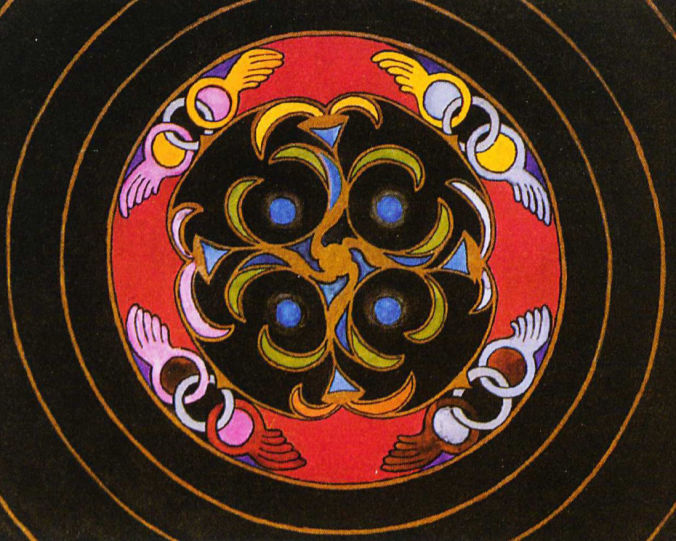
Jung, C.G. (1972) Mandala Symbolism. [translated by Hull R. F. C.] Princeton, NJ: Princeton University Press.
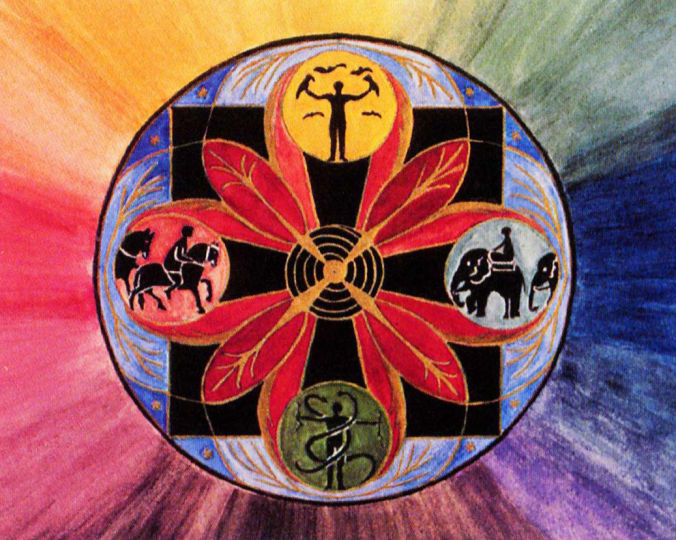
Jung, C.G. (1972) Mandala Symbolism. [translated by Hull R. F. C.] Princeton, NJ: Princeton University Press.
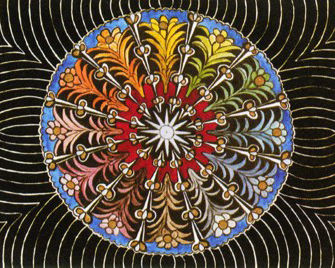
Jung, C.G. (1972) Mandala Symbolism. [translated by Hull R. F. C.] Princeton, NJ: Princeton University Press.
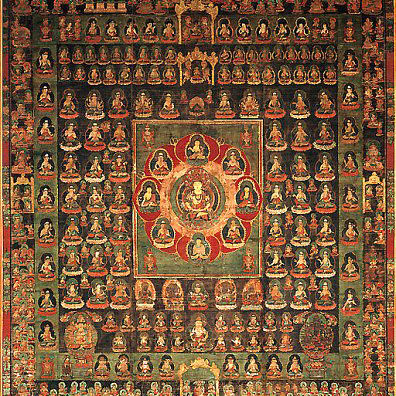
hanging scroll, Sai-in, Tōji, Kyoto,
9th century CE
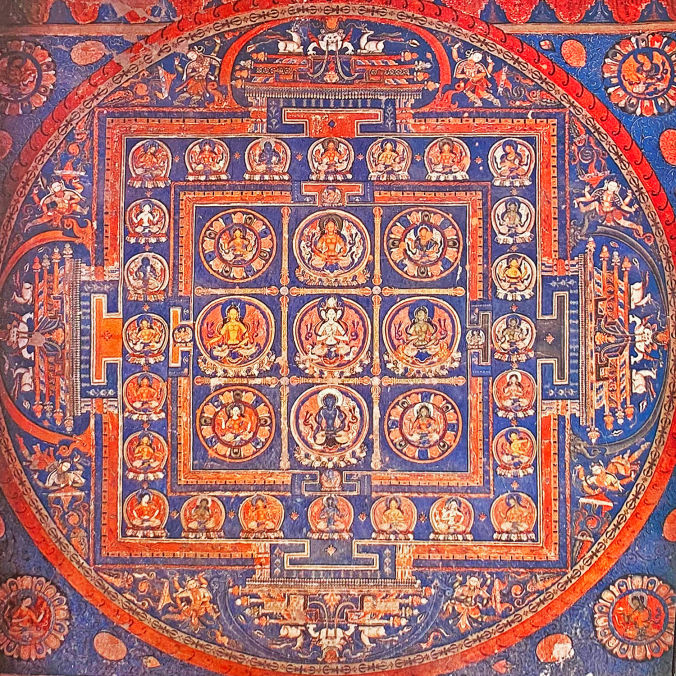
mural, Alchi Monastery, Ladakh, India,
13th century CE
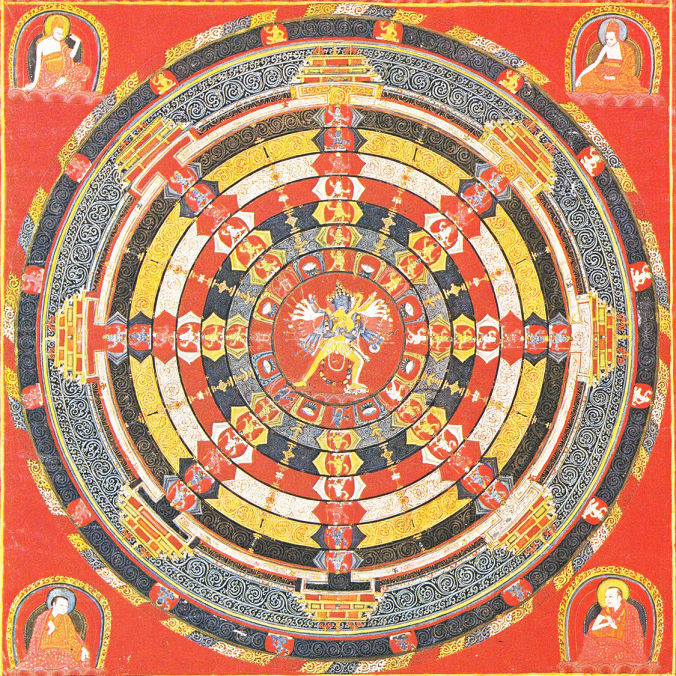
Colors on cloth with cloth mounting, Tibet, 16th century CE
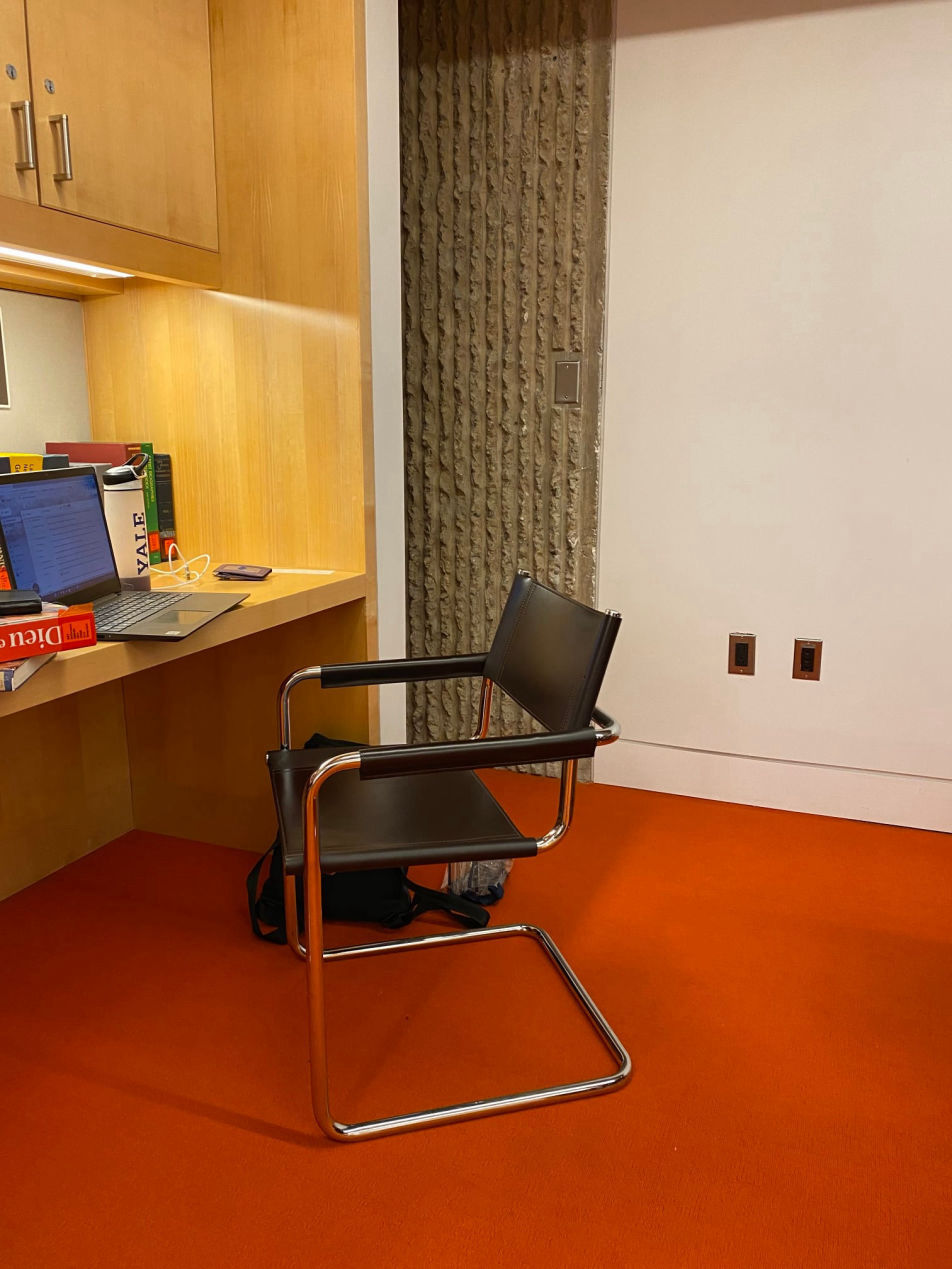
my supervisor was Sally M. Promey
Professor of Religion and Visual Culture; Coordinator of the Program in Religion and the Arts; Professor of American Studies and Religious Studies; and Director, Center for the Study of Material and Visual Cultures of Religion Yale University
I was researching religious depictions in the Robert B. Haas Family Arts Library and extended my knowledge of research methodology.
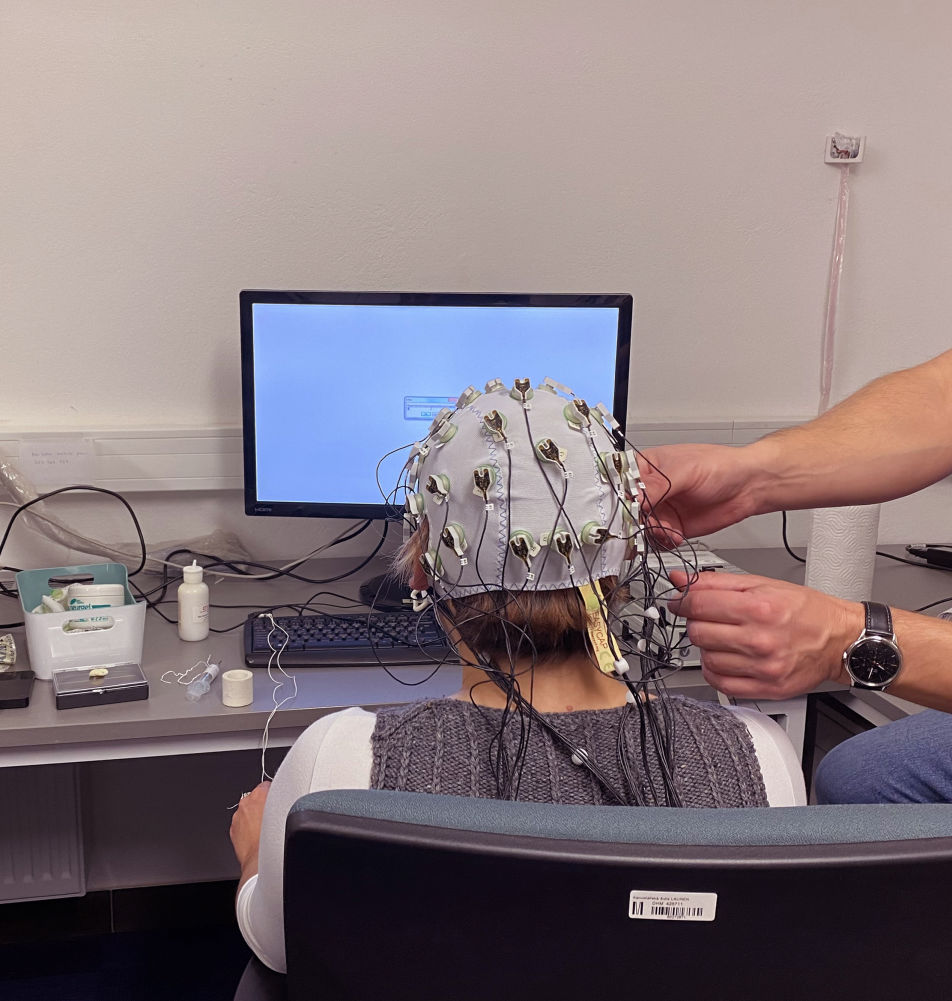
EXPERIMENTAL DESIGN
Measurement Process:
1. We project experimental and control images to subjects and measure their brain activity with a noninvasive scalp 30 channel EEG system
-Visual stimulation protocol will be used with mixed design combining block and event-related paradigm.
-Each block contains the experimental and control images in random order based on one of the highlighted visual feature (pattern, proportion, rhythm, focus, unity, movement, balance)
-Experimental and control images are projected for 3 sec.
4. Subjects fill out a questionnaire combined with the projection of selected images
Experimental Images
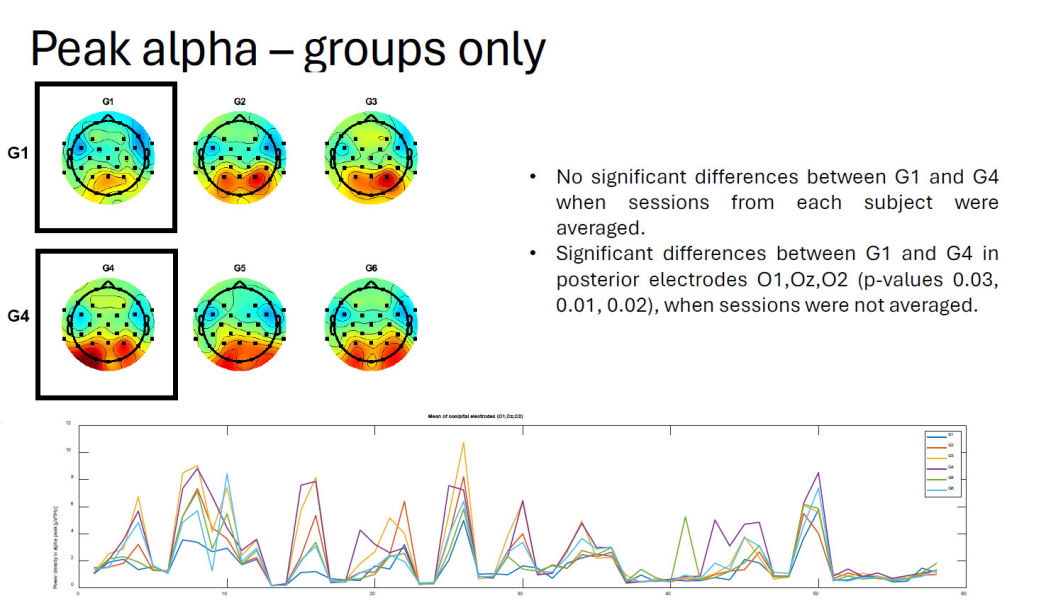
Significant differences were observed between G1 and G4 groups. Increased alpha waves were detected in the Unity (G4) group compared to the Pattern (G1) group.

The results of EEG measurements show no significant difference between experimental and control images. However, slight differences were observed between the experimental and control conditions in Group 3 and Group 4.
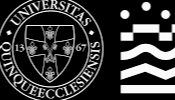
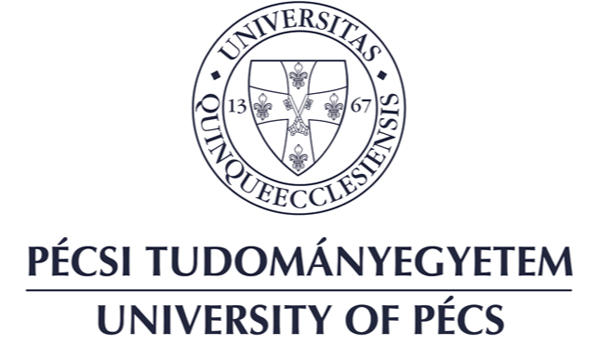


Drag and Drop Website Builder